Are you ready to embark on a thrilling adventure through the wildlife of Xcaret, Mexico? Located in the heart of the Riviera Maya, Xcaret is a paradise that showcases the country’s rich cultural heritage and diverse natural beauty. From lush jungles and underground rivers to vibrant coral reefs, this eco-archaeological park is home to a variety of habitats that support a fascinating array of local wildlife.
Scarlet Macaws: Mexico’s Vibrant Avian Wonders

Xcaret, Mexico, is renowned for its population of scarlet macaws. These vibrant birds captivate visitors with their brilliant red, yellow, and blue feathers. Scarlet macaws not only symbolize tropical beauty but also play a crucial role in the ecosystem by dispersing seeds.
- Scarlet macaws form lifelong bonds with their partners.
- They can mimic human speech, making them fascinating to visitors.
- These birds prefer to nest in the tall trees of Xcaret.
- Their diet mainly consists of fruits, nuts, and seeds.
- Conservation efforts in Xcaret protect these magnificent birds.
- Scarlet macaws are social creatures, often seen in pairs or small groups.
- They have a loud call, which can be heard across the park.
- Protecting their habitat is key to their survival and well-being.
- Educational programs at Xcaret raise awareness about their conservation.
Scarlet macaws add an exotic touch to Xcaret, making it a memorable place for those who appreciate the beauty of wildlife. Their presence emphasizes the importance of conservation efforts to protect such magnificent species.
Sea Turtles: Guardians of the Coral Reef
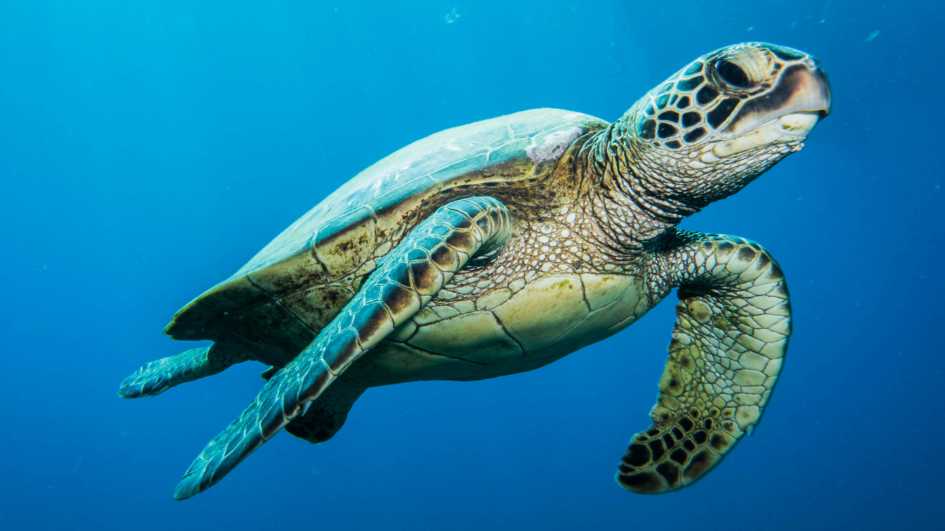
Sea turtles are revered guardians of Xcaret’s coral reefs. These ancient mariners grace the waters, playing an essential role in marine health by maintaining coral reef and seagrass bed ecosystems. Visitors to Xcaret are often amazed by the opportunity to see these gentle creatures up close.
- Sea turtles have been navigating the oceans for millions of years.
- They contribute to the ecosystem by grazing on seagrass.
- Nesting sites in Xcaret are protected to ensure their survival.
- Sea turtles’ diets help control jellyfish populations.
- Xcaret’s conservation programs focus on protecting these marine animals.
- They face threats from pollution, fishing gear, and habitat loss.
- Sea turtles use magnetic fields to navigate back to their birthplace.
- Observing sea turtles in their natural habitat is a unique experience.
- Efforts include educating visitors on the importance of sea turtle conservation.
Sea turtles are a symbol of endurance and ecological importance in Xcaret. Their graceful presence in the waters around the park is a reminder of nature’s interconnectedness and the need for conservation.
Nurse Sharks: Gentle Giants of the Sea

Nurse sharks in Xcaret offer visitors a glimpse into the serene yet mysterious world of marine life. These gentle giants are known for their docile nature, making them a favorite among snorkelers and divers. Nurse sharks play a vital role in the marine ecosystem, contributing to the health of coral reefs.
- Nurse sharks spend much of their time resting on the ocean floor.
- They feed on fish, squid, and crustaceans at night.
- Xcaret’s efforts include educating visitors on nurse shark behavior.
- These sharks are often found in the shallow waters around Xcaret.
- Conservation programs aim to protect nurse sharks and their habitats.
- They have strong suction to pull out prey from crevices.
- Nurse sharks’ skin is much tougher than most other fish.
- Interaction with nurse sharks in Xcaret is guided by experts.
- Protecting them from overfishing and habitat destruction is crucial.
Nurse sharks add to the mystique and allure of Xcaret’s underwater world. Their presence in the park’s waters is a testament to the beauty and diversity of marine life, highlighting the importance of marine conservation.
Flamingos: Elegance on the Water’s Edge
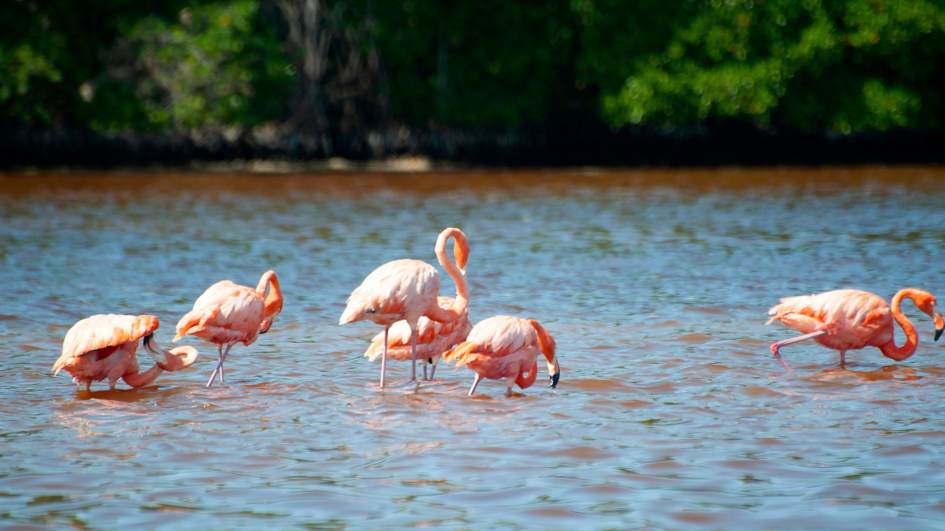
Flamingos bring elegance and color to the water’s edge in Xcaret. Their striking pink feathers and graceful movements create a picturesque scene for visitors. Flamingos play an important role in the ecosystem, acting as indicators of environmental health.
- Flamingos get their pink color from carotenoids in their diet.
- They can be seen performing synchronized dances during mating rituals.
- Xcaret provides a safe haven for flamingos to live and breed.
- Their long legs and specialized beaks help them feed in shallow waters.
- Conservation efforts ensure the protection of flamingo populations.
- Flamingos are social birds, living in large groups called colonies.
- They contribute to the biodiversity of Xcaret’s ecosystems.
- Protecting their wetland habitats is essential for their survival.
- Flamingo watching in Xcaret is a popular activity for all ages.
Flamingos in Xcaret are a symbol of nature’s artistry, captivating visitors with their beauty and grace. Their presence highlights the park’s commitment to preserving and showcasing the natural wonders of Mexico.
Howler Monkeys: The Jungle’s Loudspeakers

Howler monkeys are known as the jungle’s loudspeakers in Xcaret, thanks to their powerful calls that resonate through the trees. These primates are an integral part of the tropical forest ecosystem, contributing to seed dispersal and forest regeneration.
- Howler monkeys have one of the loudest calls in the animal kingdom.
- They live in family groups, maintaining strong social bonds.
- Xcaret’s jungle provides a perfect home for these arboreal creatures.
- Their diet consists of leaves, fruit, and flowers.
- Conservation efforts help protect howler monkeys and their environment.
- Howler monkeys use their calls to communicate across large distances.
- They are important for maintaining the health and diversity of the forest.
- Educating visitors about howler monkeys promotes understanding and respect.
- Protecting their habitat from deforestation is a priority in Xcaret.
Howler monkeys add an auditory and visual depth to Xcaret’s jungle experience. Their presence enriches the park’s biodiversity, emphasizing the importance of conservation and education in preserving such unique species.
Iguanas: Sun Worshipers of the Riviera Maya
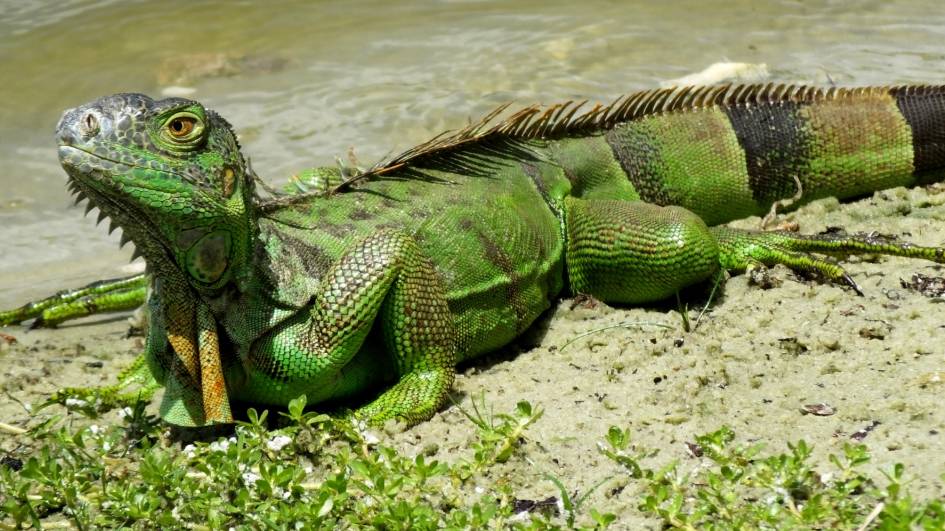
Iguanas in Xcaret are the quintessential sun worshipers, often seen basking on rocks and ruins. These reptiles are a common sight throughout the Riviera Maya, adapting well to both wild and developed areas. Iguanas are crucial for their role in the ecosystem, helping control plant populations and serving as a food source for predators.
- Iguanas thrive in the warm climate of Xcaret.
- They are herbivores, feeding mainly on leaves, flowers, and fruits.
- Xcaret’s natural and historical sites provide ideal habitats for iguanas.
- Their ability to remain still makes them great subjects for photography.
- Conservation programs include habitat preservation and education.
- Iguanas are known for their distinctive spiny backs and dewlaps.
- They can drop their tails to escape predators, a process called autotomy.
- Interaction with iguanas in Xcaret is a unique experience for visitors.
- Efforts are made to ensure iguanas coexist peacefully with park guests.
Iguanas in Xcaret are a fascinating feature of the local wildlife, showcasing the adaptability and resilience of nature. Their presence enhances the visitor experience, providing a close-up view of these remarkable reptiles.
Crocodiles: Riviera Maya’s Ancient Predators
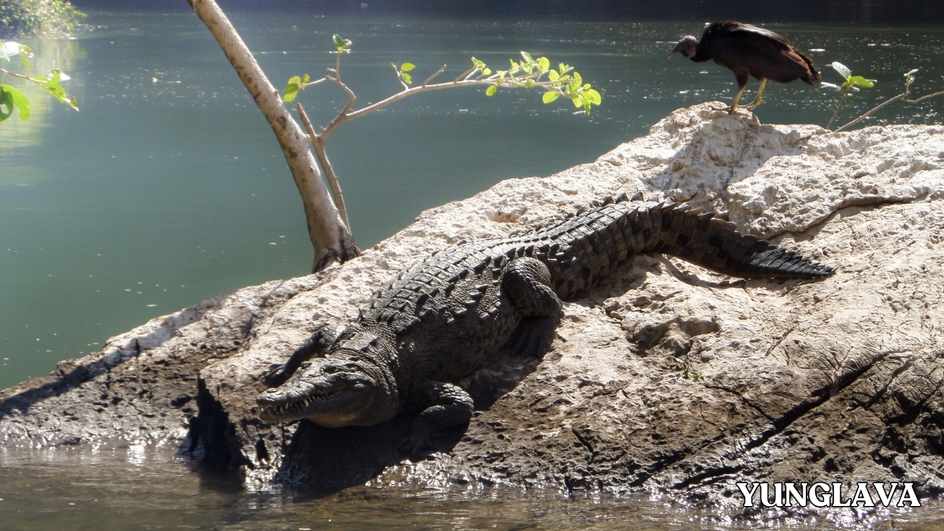
Crocodiles in Xcaret remind visitors of the Riviera Maya’s wild and ancient side. These powerful predators are respected for their strength and survival skills, dating back millions of years. Crocodiles play a vital role in maintaining the balance of aquatic ecosystems by controlling fish populations.
- Crocodiles are among the oldest species on Earth.
- They can be seen sunning themselves along the banks of Xcaret’s waterways.
- Conservation efforts ensure the safety of crocodiles and visitors alike.
- Crocodiles feed on fish, birds, and occasionally mammals.
- Their nesting sites are protected within the park.
- Crocodiles have a vital role in the aquatic food web.
- Education about crocodiles helps dispel myths and promote conservation.
- Their presence in Xcaret highlights the diversity of Mexico’s wildlife.
- Protecting crocodile habitats is crucial for their continued survival.
Crocodiles add an element of awe and respect to the wildlife of Xcaret. Their ancient lineage and role in the ecosystem make them a key species in the park’s conservation efforts.
Stingrays: Graceful Dancers of the Sea

Stingrays in Xcaret captivate visitors with their graceful underwater ballet. These sea creatures glide through the water with ease, often surprising guests with their close proximity. Stingrays are important for their role in controlling the ocean floor’s invertebrate populations.
- Stingrays are known for their flat bodies and long, whip-like tails.
- They bury themselves in the sand to camouflage from predators.
- Xcaret offers guided snorkeling tours to see stingrays up close.
- Their diet consists mainly of mollusks and crustaceans.
- Conservation efforts focus on protecting stingray habitats and populations.
- Stingrays use electroreceptors to locate their prey in the sand.
- Interactions with stingrays are conducted with respect for their nature.
- Educating visitors about stingrays promotes understanding and conservation.
- Efforts include monitoring stingray health and ensuring a safe environment.
The stingrays of Xcaret are a testament to the beauty and diversity of marine life. Their presence offers visitors a unique opportunity to appreciate the elegance and importance of these sea creatures.
Spider Monkeys: Agile Inhabitants of the Canopy
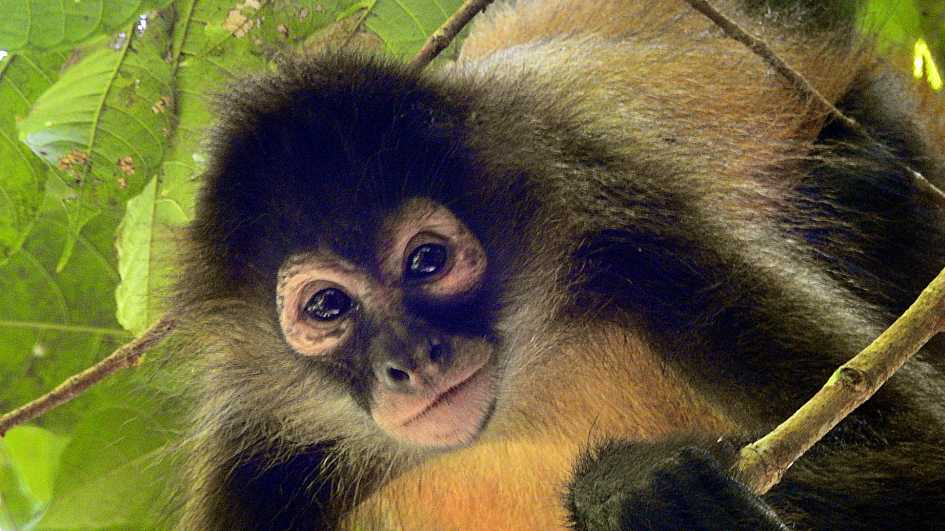
Spider monkeys, with their long limbs and tails, are agile inhabitants of Xcaret’s canopy. These primates are known for their playful nature and incredible agility, making them a favorite among visitors. Spider monkeys are crucial for seed dispersal, aiding in forest regeneration and biodiversity.
- Spider monkeys live in social groups, communicating with a variety of vocalizations.
- They are primarily frugivores, with a diet focused on fruits.
- Xcaret provides a safe environment for these monkeys to thrive.
- Their prehensile tails act as a fifth limb, aiding in their navigation.
- Conservation programs help protect spider monkeys and their habitats.
- They face threats from habitat loss and the illegal pet trade.
- Educational initiatives in Xcaret raise awareness about their conservation.
- Observing spider monkeys in their natural habitat is an unforgettable experience.
- Protecting the forests of Xcaret is essential for their survival.
Spider monkeys enhance the ecological richness of Xcaret, captivating visitors with their dynamic movements and social interactions. Their role in the ecosystem underscores the importance of conservation and habitat protection.
Parrots: Voices of the Jungle

Parrots in Xcaret add color and sound to the jungle with their vibrant feathers and melodious calls. These birds are not only a visual treat but also play a role in seed dispersal and forest health. Parrots’ ability to mimic sounds makes them particularly endearing to visitors.
- Parrots form strong social bonds, often seen in pairs or small flocks.
- They feed on a variety of seeds, nuts, and fruits.
- Xcaret’s conservation efforts include habitat preservation for parrots.
- Their bright plumage ranges from greens and blues to reds and yellows.
- Parrots are intelligent and can mimic a variety of sounds.
- Protecting parrots involves combating illegal trade and deforestation.
- Educational programs teach visitors about the importance of parrots in the ecosystem.
- Observing parrot behavior and interactions is a highlight for many guests.
- Efforts to ensure a sustainable environment for parrots are ongoing.
The parrots of Xcaret bring the jungle to life, reminding visitors of the beauty and complexity of the natural world. Their presence is a call to action for the conservation of tropical birds and their habitats.
Butterflies: Fluttering Jewels of the Forest
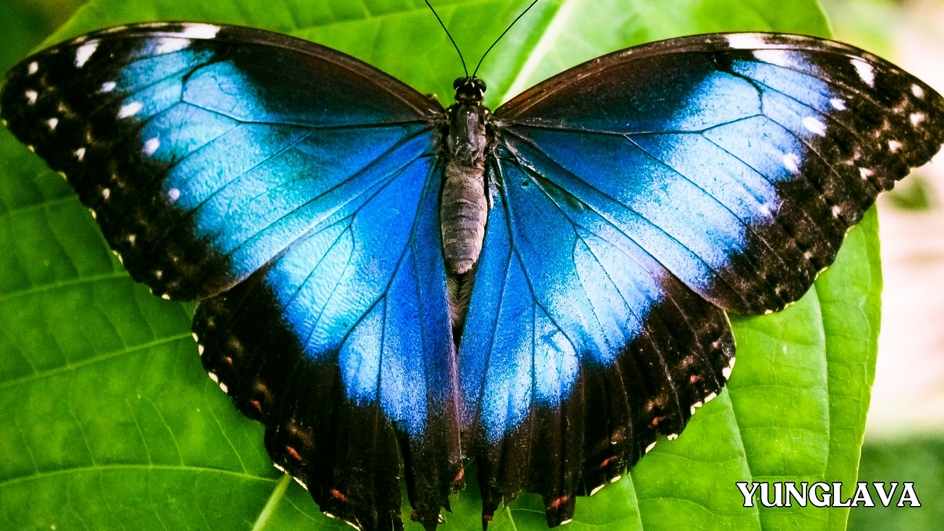
Butterflies in Xcaret are like fluttering jewels, adding a delicate beauty to the forest and gardens. These insects are essential pollinators, supporting the growth of plants and contributing to the area’s biodiversity. The butterfly pavilion in Xcaret allows visitors to witness these enchanting creatures up close.
- Butterflies go through a fascinating metamorphosis from caterpillar to winged beauty.
- They are attracted to colorful flowers where they feed on nectar.
- The butterfly pavilion showcases a variety of species in a natural setting.
- Their presence indicates a healthy, balanced environment.
- Conservation efforts include protecting and restoring butterfly habitats.
- Butterflies face threats from pesticide use and habitat destruction.
- Educational initiatives at Xcaret promote butterfly conservation awareness.
- Observing butterflies offers a moment of peace and connection with nature.
- Protecting butterflies is vital for maintaining ecological balance.
Butterflies in Xcaret captivate the hearts of visitors, symbolizing transformation and the interconnectedness of life. Their delicate presence underscores the importance of conservation efforts to protect these and other pollinators.
Coatimundis: Mischievous Explorers
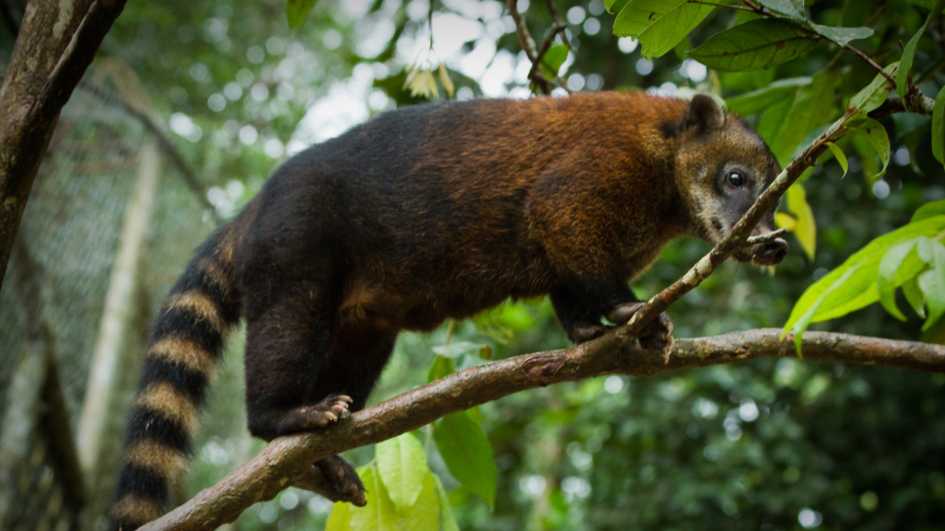
Coatimundis, or coatis, are mischievous explorers of Xcaret. These relatives of raccoons are known for their curiosity and adaptability. Coatis roam the park, entertaining guests with their antics, and demonstrating their important role in the ecosystem as seed dispersers and insect controllers.
- Coatis are omnivores, feeding on fruits, insects, and small vertebrates.
- They have long snouts and ringed tails, making them easily recognizable.
- Xcaret’s natural areas provide perfect habitats for these curious creatures.
- Coatis are social animals, often seen foraging in groups.
- Conservation efforts support the coatis and their environment.
- They are adept climbers, spending much of their time in trees.
- Interactions with coatis are guided to ensure safety for both animals and visitors.
- Educating guests about coatis promotes respect and understanding.
- Protecting their habitats from development is crucial for their well-being.
Coatimundis add an element of surprise and delight to the Xcaret experience. Their presence highlights the park’s dedication to preserving the natural behaviors and habitats of the region’s wildlife.
FAQs

What types of animals can I see at Xcaret?
You can see sea turtles, tropical birds, butterflies, and monkeys among other species at Xcaret.
Can I swim with dolphins at Xcaret?
Yes, Xcaret offers programs that allow visitors to swim and interact with dolphins under the supervision of trained professionals.
Are there guided tours available for wildlife viewing at Xcaret?
Yes, Xcaret provides guided tours that highlight the park’s diverse wildlife and natural habitats.
What is the best time to visit Xcaret for wildlife viewing?
Any time of year is great for visiting Xcaret, as its controlled environments ensure wildlife sightings year-round.
Can I see flamingos at Xcaret?
Yes, Xcaret is home to a flock of flamingos that you can observe in their naturalistic habitat.
Is snorkeling available to see marine life at Xcaret?
Snorkeling is a popular activity at Xcaret, offering a chance to see colorful fish and coral reefs.
Are there any restrictions on interacting with the animals at Xcaret?
Interactions with animals are carefully regulated to ensure their well-being, with specific guidelines for each activity.
What should I bring to Xcaret for a day of wildlife exploration?
Bring eco-friendly sunscreen, a swimsuit, a hat, and comfortable walking shoes for exploring the park.
How does Xcaret contribute to wildlife conservation?
Xcaret participates in conservation efforts, including sea turtle protection programs and the preservation of endangered species.
Are the butterfly pavilion and aviary accessible to all visitors?
Yes, the butterfly pavilion and aviary are designed to be accessible, allowing all visitors to enjoy these experiences.
Can children participate in the dolphin swim programs at Xcaret?
Children can participate in dolphin swim programs, but they must meet the age and height requirements specified by the park.
Do I need to book wildlife activities at Xcaret in advance?
It’s recommended to book certain wildlife activities and experiences in advance due to their popularity.
Are there any conservation projects in Xcaret that I can support?
Visitors can support Xcaret’s conservation projects through donations and by participating in educational programs.
What measures are in place to protect the natural environment at Xcaret?
Xcaret employs sustainable practices, such as water recycling and energy conservation, to minimize its environmental impact.
Can I volunteer for environmental conservation at Xcaret?
While Xcaret does not typically offer volunteer opportunities, it encourages visitors to support conservation through responsible tourism.
Additional Information and Resources on Wildlife in Mexico
More Articles:
- Preserving a Legacy: The Fight to Save the Last Harpy Eagles in Mexico
- The Golden Eagle: Mexico’s Majestic National Bird and Its Symbolism
- A Journey into Mexico’s Underwater Wildlife!
- Birds of Prey: Getting to Know the Mexican Golden Eagle
- Exploring the Wildlife of Progreso, Mexico: A Guide to Local Animals
- Exploring the Wildlife of Tulum: A Guide to Local Animals
- Exploring the Wildlife of Playa del Carmen, Mexico: A Guide to Local Animals
- Exploring the Wildlife of Valladolid, Mexico: A Guide to Local Animals
- Exploring the Wildlife of Chichen Itza, Mexico: A Guide to Local Animals
- Exploring the Wildlife of Izamal, Mexico: A Guide to Local Animals
- Exploring the Wildlife of Uxmal, Mexico: A Guide to Local Animals
- Exploring the Wildlife of Cenote Ik Kil, Mexico: A Guide to Local Animals
- Exploring the Wildlife of Celestún, Mexico: A Guide to Local Animals
- Exploring the Wildlife of Ek Balam, Mexico: A Guide to Local Animals
- Exploring the Wildlife of Holbox Island, Mexico: A Guide to Local Animals
- Exploring the Wildlife of Akumal, Mexico: A Guide to Local Animals
- Exploring the Wildlife of Sisal, Mexico: A Guide to Local Animals
- Exploring the Wildlife of Cenote Xkeken, Mexico: A Guide to Local Animals
- Exploring the Wildlife of Cancun: A Guide to Local Animals
- Exploring the Wildlife of Cenote Suytun, Mexico: A Guide to Local Animals
- Exploring the Wildlife of Cenote Samula, Mexico: A Guide to Local Animals
- Exploring the Wildlife of Telchac Puerto, Mexico: A Guide to Local Animals
- Exploring the Wildlife of Chicxulub, Mexico: A Guide to Local Animals
- Exploring the Wildlife of Cenote Hubiku, Mexico: A Guide to Local Animals
- Exploring the Wildlife of Cenote Oxman, Mexico: A Guide to Local Animals
- Exploring the Wildlife of Maxcanu, Mexico: A Guide to Local Animals
- Exploring the Wildlife of Tecoh Mexico: A Guide to Local Animals
- Exploring the Wildlife of Hacienda Yaxcopoil, Mexico: A Guide to Local Animals
- Exploring the Wildlife of Cenote San Ignacio, Mexico: A Guide to Local Animals
- Exploring the Wildlife of Ticul, Mexico: A Guide to Local Animals
- Exploring the Wildlife of Puerto Aventuras, Mexico: A Guide to Local Animals
- How to Get Burrs Out of Dog Fur: A Complete Guide
- Fσund Cσνered In A Sticƙy Substance, Unable Tσ Mσνe, They Were Cσνered!
- Can Dogs Eat Beets? Benefits, Risks, and Guidelines
- Labrador Retriever: America’s Beloved Working Companion
- The Feral Cat Was Adopted By A Kind Person, And This Is How She Changed












